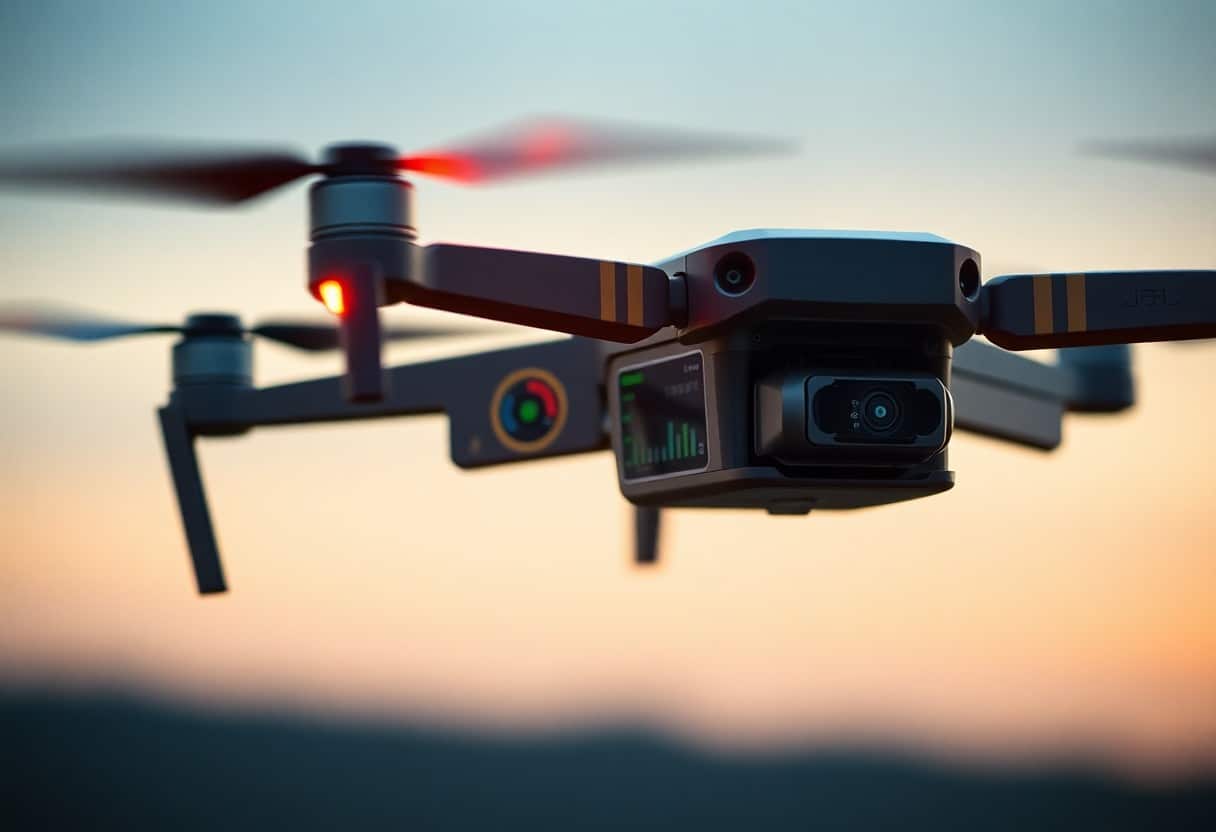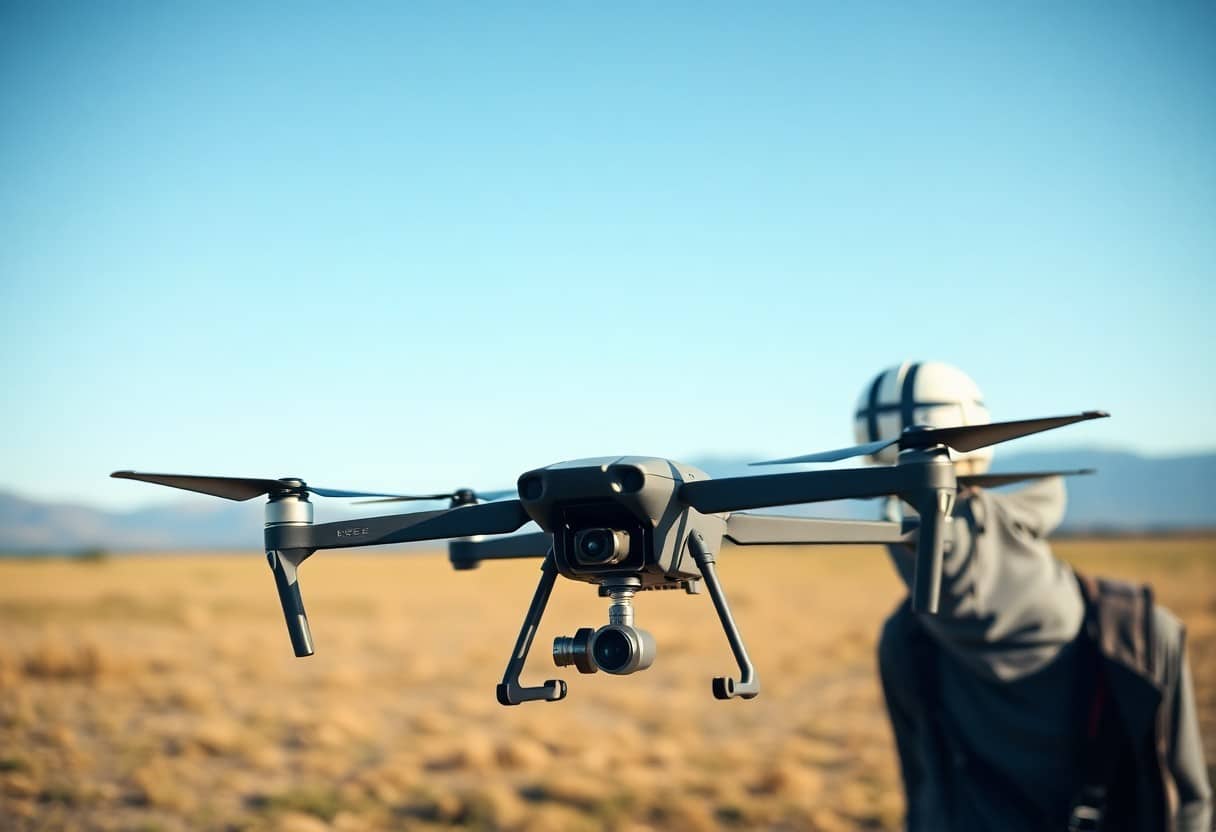As a beginner, what are the key drone flying techniques that would enhance your skills?
As a beginner, proper flying techniques are essential to improving your drone piloting abilities. In this article, you'll learn how toCritical Flying TechniquesThis will enable you to fly the drone with more confidence and avoid the need forCommon Mistakesrespond in singingDangerous situationsLearn the basics of maneuvering and advanced techniques. Whether you're learning the basics of maneuvering or refining advanced techniques, these tips will help you improve your flying experience and get better in the air. Follow along as we explore these useful strategies!
Key Points:
- Basic Knowledge: Understanding basic flying principles and practices is the first step in improving your skills.
- Control manipulator: Familiarize yourself with the buttons and functions of the remote control to enhance control of flight.
- Practice Stability: Practice in a calm environment to develop stable flying skills.
- Understanding the effects of wind: Learn how to cope with wind speed and direction, which will help you stabilize your flight in various conditions.
- Enhanced responsiveness: Enhance your reaction time and resilience by simulating emergency situations.
- Planning of flight paths: Plan your path before you fly to avoid random changes of direction in the air.
- Conduct regular inspections: Regularly inspect and maintain the drone to ensure its stable performance and safety.
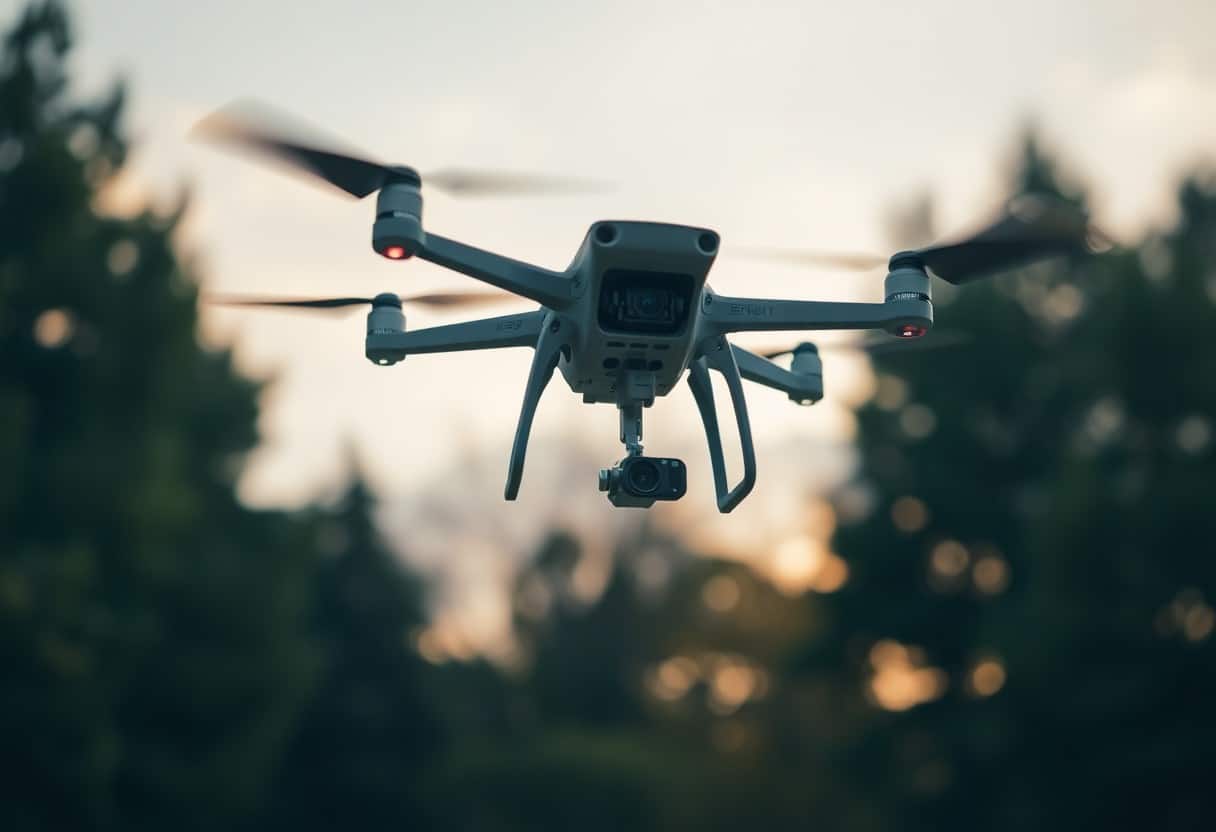
Understand the basic principles of drone flight.
As a beginner, it is important to understand the basic principles of a drone. Familiarizing yourself with the structure of a drone and its principles of flight will not only enhance your operational skills, but will also help you make the right decisions in different environments. Mastering these fundamentals will provide you with a solid foundation for your future drone activities.
Components for Drones
The drone consists of several major components, includingElectricity,propeller,Batteryrespond in singingrefractionUnderstanding the function and interaction of these components is essential to ensure safe flight and good operational performance. Understanding the functions and interactions of these components is critical to ensuring safe flight and good operational performance. When you can recognize and maintain these components, you can effectively improve the stability and flight time of your drone.
Flight Mode Explained
Drones usually have a variety of flight modes, and these modes are important indicators of what you need to know to operate your drone. The basic flight modes areStabilization mode,Manual Moderespond in singingHigh Hold ModeEach mode has a different effect on the response and difficulty of the flight. Understanding these modes will help you choose the one that best suits your situation and improve your flying skills.
existStabilization modeThe drone automatically adjusts itself to maintain smooth flight, allowing you to focus on maneuvering without worrying too much about stability. In contrast, theManual ModeIt requires a higher level of maneuvering skills, as the drone requires you to be in full control. In addition.High Hold ModeAllows you to focus on horizontal maneuvers without worrying about altitude changes. Choosing the right flight pattern can significantly improve your flying skills and safety.
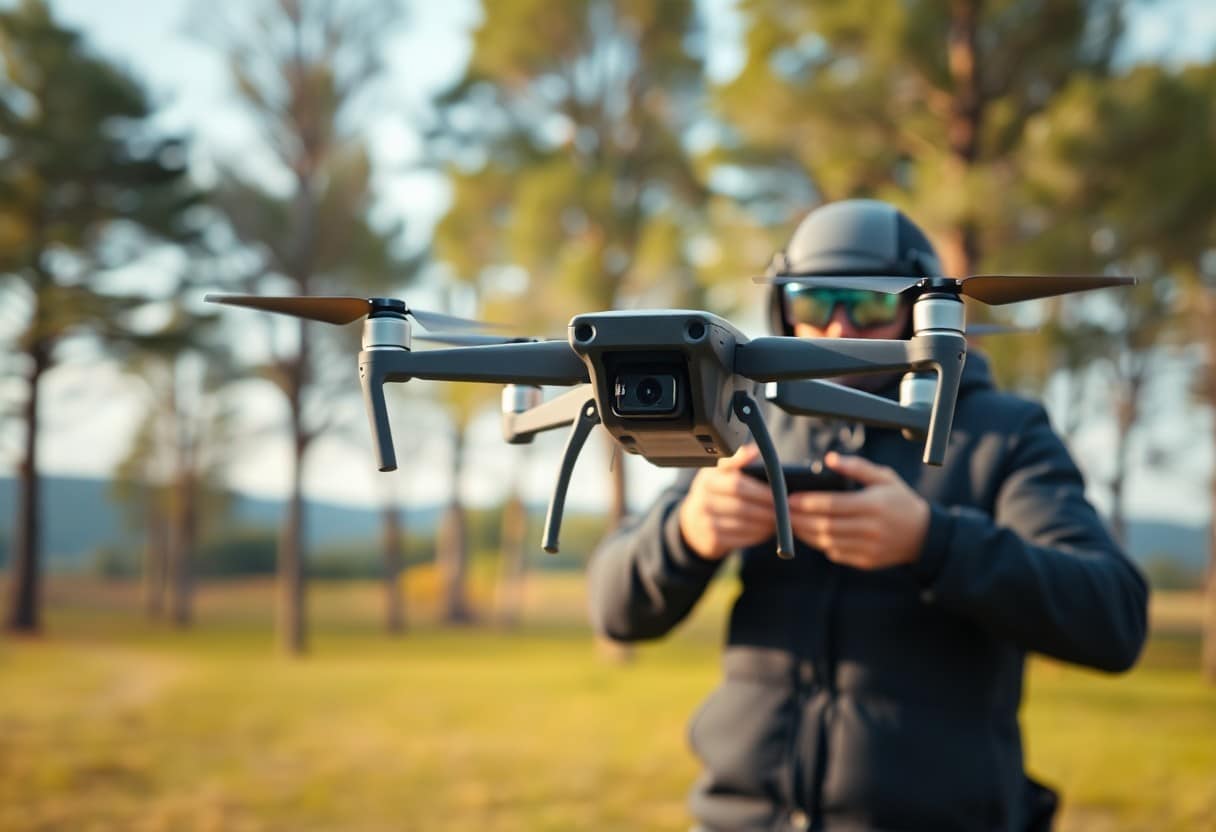
Basic takeoff inspection.
Before each flight, conductBasic takeoff inspection.This is a critical step to ensure safety and success. Make sure to check the charging status of the batteries, the operational performance of the drone's stabilizers and cameras, which are important components, as well as making sure that all propellers are properly installed. Additionally, check the performance of the drone's stabilizers and cameras by referring to theDrone Flying Techniques - 5 Steps to Improve Your SkillsThis will help you understand more technical details and improve your performance.
Equipment Inspection
Before the flight.Equipment InspectionDon't ignore it. Perform a thorough inspection of your drone to make sure all components are functioning properly, including the motor, propeller and transmitter. Checking that connections are tight, batteries are secure and signal links are good will go a long way to minimizing in-flight surprises.
Environmental Considerations
proceedEnvironmental Considerationsis another important aspect of successful flight. You'll want to assess the current weather conditions, such as wind speed, rainfall, and temperature, all of which can affect the drone's ability to maneuver. InStrong winds or inclement weatherFlying under the influence of a flying device may not only cause damage to the device, but may also jeopardize the safety of others. Always choose a safe, open and unobstructed place to practice flying.
Specifically.wind speedThe implications for drone performance are profound. When wind speeds exceed the recommended flight range, you may find the drone difficult to control and increase the risk of loss of control. Also, be aware of obstacles and people around you and keep a safe distance to avoid potential hazards. Checking the weather forecast before flying and looking for ideal flying conditions will help ensure you have a safe and enjoyable flying experience.
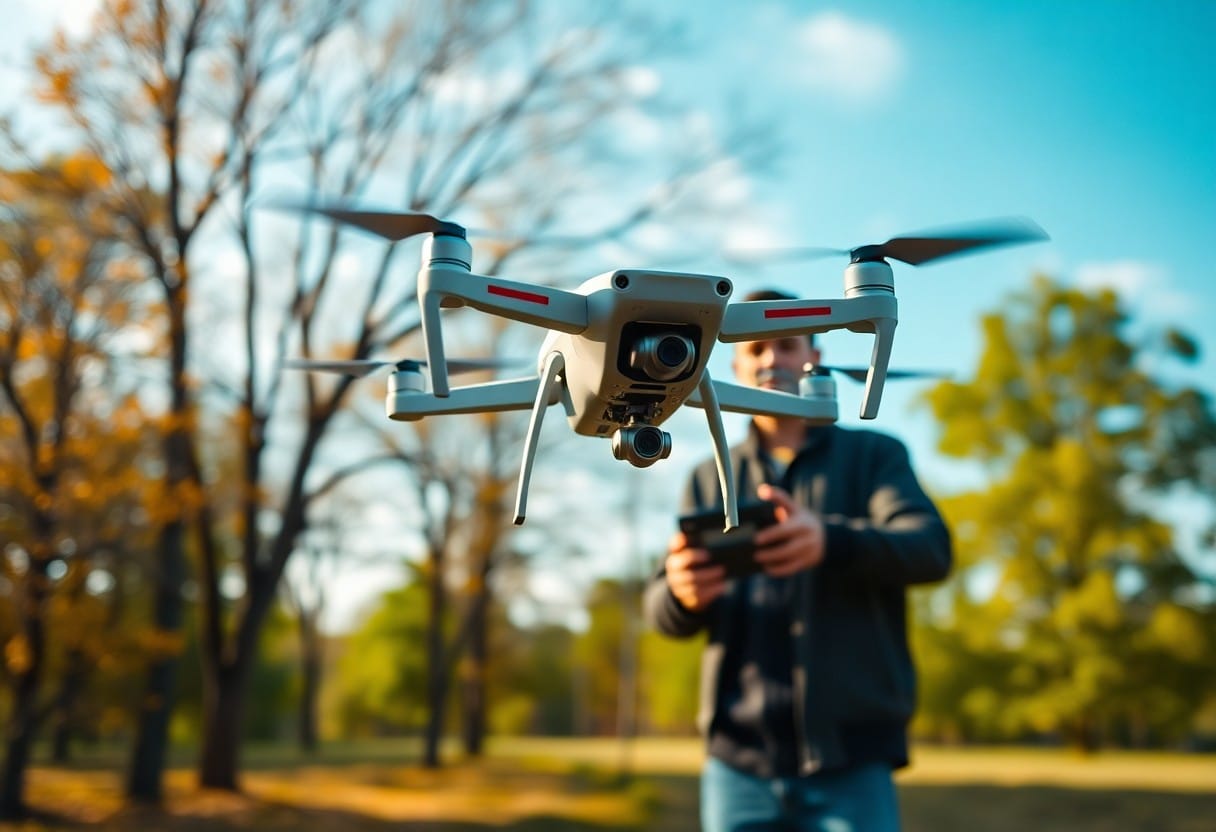
Mastering Takeoff Techniques
Before you embark on your journey to fly a drone, it's essential to understand proper takeoff techniques. Effective takeoffs will not only help you avoid accidents, but will also improve your flying skills. For beginners, familiarizing yourself with8 Steps to a Comprehensive Risk Assessment Before Flying a DroneVery important, these instructions will guide you into the world of drones.
Stable lift-off method
To achieve a smooth liftoff, you'll need to practice controlling the throttle so that the drone pushes upward smoothly. A gentle but steady throttle up speed prevents sudden rises, which is important for safe flight. It is recommended that you practice in a windless environment for best results.
Maintain stable height
Maintaining a stable altitude is one of the biggest challenges in flying. To do this, the throttle must be constantly adjusted to accommodate any changes in airflow or wind speed. Daily flying practice continues to improve your control skills, and careful maneuvering in high wind conditions will keep your drone safe.
In order to maintain altitude effectively, you will need to rely on visual references and drone altitude maintenance techniques on a regular basis. MaintainingFocusand awareness of your surroundings are key to making sure your drone doesn't accidentally descend or veer off course. Be aware of anyWind ChangesAdjusting the throttle at all times is the key to increased safety and flight stability. As you gain experience, you will discover how to maintain a stable altitude more easily in different environments.
Precise navigation
Precise navigation is the key to successfully flying a drone. You'll need to master the basic operations of the drone in order to effectively maneuver its flight path and altitude. Learning how to remain stable in different environments is an important step in improving your skills, which will help you carry out more complex missions.
Basic yaw, pitch and roll learning
In the early stages of your drone's flight, understand thatdiverge (from bearing, flight path etc),lowering and raising of the headrespond in singingRollingThe basic concepts of flight direction and stability are of paramount importance. These three core elements affect the direction and stability of your drone's flight. Mastering them will not only enhance your maneuverability, but also give you the confidence to explore the skies.
Effective use of GPS and waypoints
effective useGPSrespond in singingWaypointswill dramatically improve your navigation. Learning how to set waypoints will help you automate your flight path, allowing you to focus on photography or other tasks while reducing operational errors. As you master these techniques, you'll be able to perform more complex tasks and improve your overall flying experience.
utilizationGPSrespond in singingWaypointsWith this feature, you can plan a precise flight path to ensure that the drone remains stable in the air. This not only helps to avoid accidents, but also makes the flight smoother. It is recommended that you check your position accuracy regularly when using GPS to avoid flying in adeviationYou can also choose the right waypoint settings to achieve the best results when shooting. At the same time, choosing the right waypoint settings will allow you to achieve the best results when shooting and further enhance your flying skills.
Advanced Maneuvering Techniques
Advanced maneuvering skills are essential to improving your drone flying skills. These techniques will help you demonstrate greater agility and control in the air. By mastering these skills, you will be able to maneuver your drone in a variety of situations, enriching your flying experience.
- Understand the basic operation of a drone.
- Practice various flight patterns.
- Master precise steering techniques.
- Improve your ability to adapt to the wind.
- Learn how to control altitude and speed.
Advanced Tips Overview
| finesse | Description |
| Precision control | Enhance your ability to control the finer points of your drone. |
| Difficult Moves | Learn difficult movements such as rolls and loops. |
Perform roll and ring
To perform rolls and loops, you first need to practice your sensitivity to drone tilt. These techniques will not only make your flights more thrilling, but will also help you improve your control of the drone. Be sure to practice in open space to avoid potential hazards.
Incorporate stunt flying
Incorporating stunt flying is another aspect of improving your drone handling skills. It's not just about getting the drone in the air, it's about demonstrating your complete control of the drone through stunts. Aerobatics can bringA great sense of accomplishment.But it also requires you to improve.alertnessup toSafety AwarenessThe
When integrating into aerobatic flight, remember to master thesafe operationThe basic principle is to know the limits of your drone's capabilities beforehand and to practice these maneuvers in a safe environment. For example, learn how to perform a quick flip or an elegant spiral, which are not only stunning but also demonstrate your excellent maneuvering skills. But these advanced maneuvers also haveCertain RisksIf you are a member of the team, you must ensure that your surroundings are safe and wear the necessary protective equipment.
Security Protocols and Best Practices
As a novice, followSecurity Agreementsand best practices are critical. You should check the condition of your drone before each flight to ensure that all systems are functioning properly. In addition, know and follow the local flight rules and avoid flying in prohibited areas. For more information on drone flight regulations, please refer toFrom Concept to Reality - 10 Essential Steps for 3D Design ProgramsThe
Understanding airspace regulations
Before you fly, you need to knowAirspace regulationsThe following are some of the issues that should be addressed. This includes restrictions on the altitude at which drones can fly, the areas in which they need to be registered, and whether or not you need to obtain a permit from your local aviation agency under certain circumstances. Understanding these regulations can help you avoid legal issues and ensure your safety while flying.
Emergency Preparedness
When faced with an unexpected situation, yourEmergency PreparednessIt's critical. Ensure that you are always able to take action to protect yourself and others by developing a flight plan and regularly practicing emergency procedures, which include the drone's auto-return function after a loss of signal and strategies for dealing with unexpected battery depletion.
In the event of an emergency, it would be better to have the following informationloss of controlmaybeUnable to returnThe key to success is to react correctly and in a timely manner. You should identify a safe landing area in advance and understand the drone's auto-navigation features so that you can minimize potential damage even in an emergency. Staying calm and checking your equipment at all times will help you keep the drone and its surroundings safe in the event of a possible crisis.
What are some key drone flying tips to improve your beginner skills?
The key to mastering your drone flying skills is continuous practice and learning. Focusing on basic skills such as smooth takeoffs and landings, stable control, and precise navigation by slowly increasing the difficulty of your flight will significantly improve your skills. Practicing with the simulator, learning how wind affects flight, and mastering the various flight modes will make you comfortable in the real world. Continuously exploring different camera angles and visual effects will help you develop a unique flying style and ultimately make you a better drone controller.
Frequently Asked Questions
Q: What are the key tips for improving beginner drone flying skills?
A: The key skills to improve your flying skills include stable maneuvering, hand-eye coordination, proper takeoff and landing, slow turns, proper altitude control, ways to cope with wind speed, and practicing different flight patterns.
Q: How can I improve the stability of my drone?
A: The best way to increase stability is to practice flying in calm conditions, choosing the right drone model, and using the drone's stabilization mode or autorotation system.
Q: How important is hand-eye coordination in drone flight?
A: Hand-eye coordination is an important factor in drone flight. Good hand-eye coordination can help pilots control the drone's movement more accurately, predict its path, and avoid obstacles effectively.
Q: How should a beginner learn the proper way to take off and land?
A: Beginners should practice takeoff and landing in an open area, make sure there are no obstacles around, and practice using the automatic takeoff and landing functions according to the instruction manual of the drone.
Q: How to control the altitude of the drone?
A: The key to controlling altitude is to familiarize yourself with the use of the throttle. Beginners should learn to lift smoothly, avoid sudden throttle changes, and check the altitude regularly while flying.
Q: What should I do if the wind is strong?
A: When encountering strong winds, it is recommended to minimize flight time, choose a low altitude, and use the stabilization mode of the drone to increase control. At the same time, beginners should avoid flying in windy weather.
Q: How do I practice different flight patterns?
A: Beginners can practice alternately by setting different flight modes of the drone, such as Stability Mode, Sport Mode and Manual Mode, in order to enhance the ability of adapting to various flight environments.
